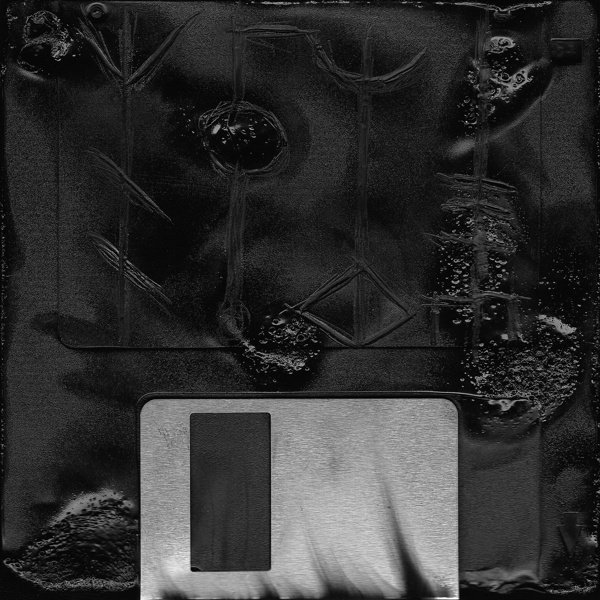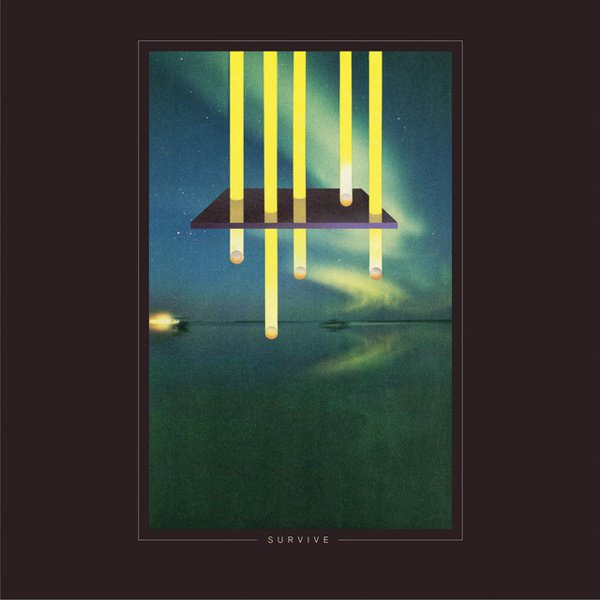Nostalgic for a future that never existed, darksynth artists took the blood- and neon-soaked megacities we never got and built them out of synthesizers. A nightmarish reflection of the sunny synthwave genre that arose in the late 2000’s, they drew from a similar pool of influences (Daft Punk, Justice, John Carpenter, Giorgio Moroder, Tangerine Dream), but leaned into horror and dystopian cyberpunk themes and harsher sounds. The key difference? While artists like Kavinsky and College came from the electronic scene, many darksynth artists were forged in the world of metal.
James Kent of Perturbator, Ian Mullinger of Electric Dragon, and James Lollar of Gost all played in death metal bands prior to picking up the synthesizer. Carpenter Brut’s Franck Hueso produced records by French extremists Hacride and Deathspell Omega. Influential label Blood Music (who released classics by Perturbator, Gost, and Dan Terminus) also put out records by experimental metal acts like Sigh and Wolvhammer. At its finest, the genre combined the best of both worlds – metal had never been so danceable or electronic music so evil. The sinister vibes and malevolent melodies drew in an appreciative audience of open-minded headbangers and ravers looking to dance on the dark side.
The rise of independent release platforms like Bandcamp also played a big role in the genre’s popularity. Traditional labels wouldn’t initially take a chance on this music, but the ability to self-release allowed the artists to prove themselves. The connection to the metal scene also helped in a lot of ways. While synthwave acts struggled to find attention outside of dedicated websites, darksynth artists caught the attention of the vibrant underground metal world. That let artists like Carpenter Brut and Perturbator score opening slots for metal acts and play at metal fests, get signed to major indies like Century Media and Metal Blade, and earn coverage in metal magazines like Decibel.
Unfortunately, the low barrier to entry (you just needed a keyboard or emulator) and ability to self-release led to a glut of subpar knockoffs. It’s not like it was difficult to tell when an artist like Perturbator spent hours building hundreds of layers of sound in each song versus somebody just plinking on a Casio plug-in. The style reached peak popularity in the mid-2010s, but by the end of the decade the biggest musicians had moved on, experimenting with harsher sounds and more rock-oriented configurations. Still, it remains a uniquely satisfying synthesis of genres.




















